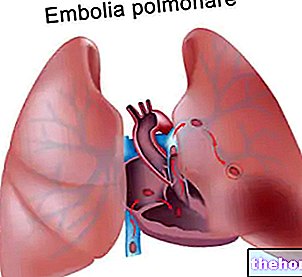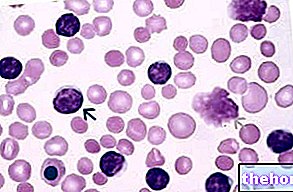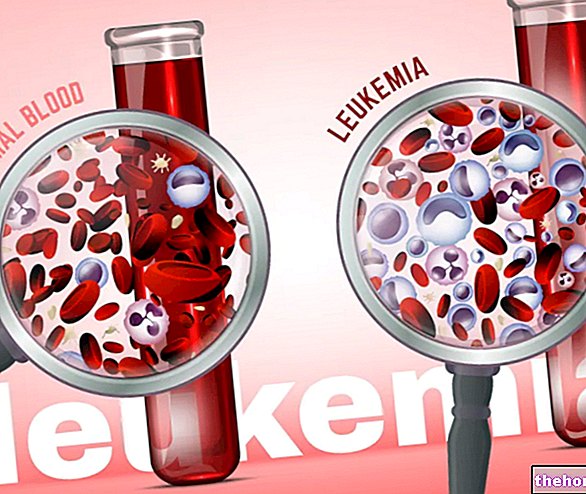General indications
Diagnostic investigations make it possible to recognize and evaluate the extent of the disease. Above all, one distinguishes acute (rapidly progressing) from chronic (slow progressing) leukemia.

Therapeutic approach
The treatment of leukemia is constantly evolving and provides for several options: the decision to undertake a specific line of therapy takes place on the basis of the specific clinical case; the choice of therapy depends on a number of factors, including:
- The type of leukemia (acute or chronic);
- The blood values and the results of the other diagnostic tests, which among other things allow to determine the characteristics of the tumor cells;
- Stage / stage of the disease;
- The age of the patient;
- The general health conditions (presence of symptoms, other concomitant pathologies ...).
The purpose of therapy can be of the following type:
- Curative, if it is possible to aim at the healing of leukemia;
- Palliative: when - since it is unlikely that the pathological condition will be eliminated - an attempt is made to improve the quality of life, trying to regress the tumor cells to slow down the progression of leukemia.
In addition, there are medical and / or psycho-oncological support therapies that allow to relieve ailments such as pain, feeling of fear or psychological burden.
Choice of therapy
Leukemia treatments differ mainly in their therapeutic action and their tolerability. The oncologist or the haematologist can discuss with the patient the most suitable therapeutic plan, explaining in detail how it will be implemented and the results that can be achieved.
Often, a multidisciplinary approach is needed to treat a leukemic patient: primary therapy can take place under the direction of an oncologist, hematologist and radiotherapist. Sometimes, different substances or methods are combined synergistically to achieve the best outcome from therapy. At the time of diagnosis, a routine ophthalmological evaluation must also be established, since the lesions, affecting the visual system, can be asymptomatic.
Some therapeutic methods can be applied repeatedly, in case the disease recurs after a first intervention, or an alternative treatment plan can be used.
In the case of acute leukemia, the decision on which therapy to undertake must be sudden, as the disease is characterized by rapid progression, which can lead to rapid death if not treated.




























